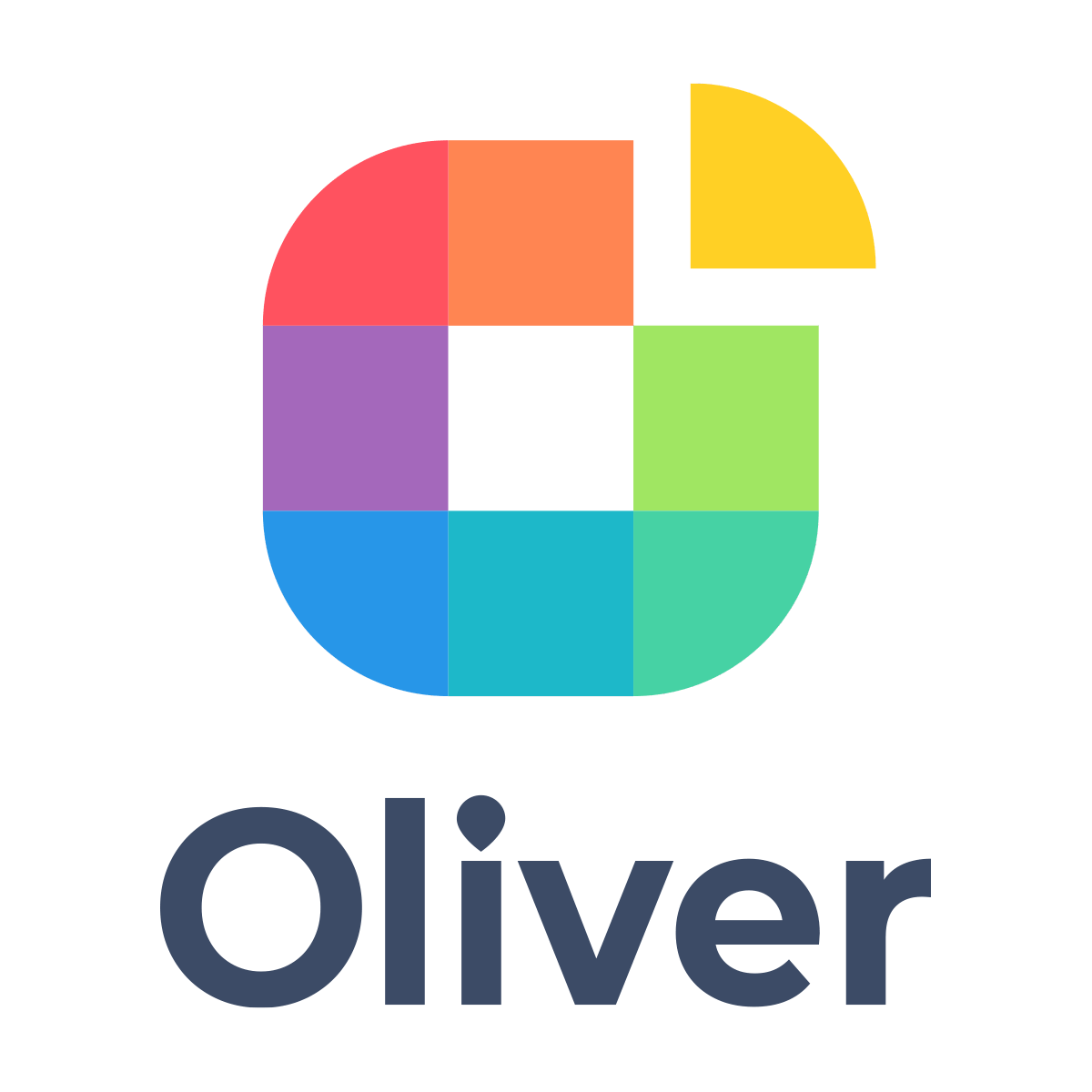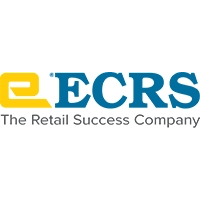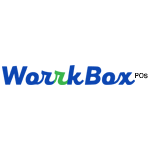Description

Oliver POS

Tagrain
Comprehensive Overview: Oliver POS vs Tagrain
Oliver POS and Tagrain are both point-of-sale (POS) solutions designed to assist businesses in managing sales transactions, inventory, and customer interactions. Here's a comprehensive overview of each, including their primary functions, target markets, market share, user bases, and key differentiating factors:
Oliver POS
a) Primary Functions and Target Markets:
-
Primary Functions:
- Oliver POS is designed to integrate with existing e-commerce platforms, particularly WooCommerce. It provides seamless synchronization between online stores and physical sales, ensuring real-time inventory and sales management.
- Key features include sales processing, inventory management, customer relationship management, and analytics.
- It supports various payment methods and offers extensive integration capabilities with other business tools and apps.
-
Target Markets:
- Small to medium-sized retail businesses that already use WooCommerce and are looking for a cohesive POS solution to bridge their online and offline sales channels.
- Businesses that require comprehensive integration between their e-commerce platforms and physical point-of-sale systems.
b) Market Share and User Base:
- While Oliver POS is a popular choice among WooCommerce users due to its integration capabilities, its market share is generally considered niche compared to standalone POS solutions. It primarily caters to the WooCommerce ecosystem, which naturally limits its overall market spread but strengthens its presence within this specific segment.
c) Key Differentiating Factors:
- Tight integration with WooCommerce, making it ideal for businesses with an existing WooCommerce setup.
- Strong emphasis on syncing online and offline sales data in real-time.
- Support for a broad range of WooCommerce extensions and third-party integrations.
Tagrain
a) Primary Functions and Target Markets:
-
Primary Functions:
- Tagrain provides a comprehensive POS system focusing on ease of use and affordability for small businesses. It offers features such as sales tracking, inventory management, employee management, and customer loyalty programs.
- The system is cloud-based, allowing access from anywhere and offering real-time insights into store operations.
-
Target Markets:
- Small and medium retail businesses that are looking for a budget-friendly, easy-to-use POS system with essential management features.
- Grocery stores, apparel retailers, and cafes are some typical examples of its target market.
b) Market Share and User Base:
- Tagrain aims to capture a broader market segment of small to medium businesses by offering a cost-effective and simple POS solution. Its market share is competitive in regions where budget constraints and ease of deployment are critical factors for business owners.
c) Key Differentiating Factors:
- Cloud-based solution offering easy and remote management of store operations.
- Targeted towards businesses seeking a cost-effective POS solution.
- Simplicity and ease of use, making it accessible even for non-tech-savvy users.
Comparative Analysis
-
Integration with E-commerce:
- Oliver POS differentiates itself with strong e-commerce integration capabilities, especially with WooCommerce, whereas Tagrain focuses on a broad range of small retail operations without specific e-commerce platform dependencies.
-
Target Market Focus:
- Oliver POS appeals to online retailers wanting an integrated POS solution for their WooCommerce store, while Tagrain targets smaller businesses needing a straightforward, standalone POS system.
-
Market Strategy:
- Oliver POS leverages its tight niche within the WooCommerce ecosystem, whereas Tagrain expands its reach by offering an affordable solution catering to a wide variety of small business verticals.
-
Technology and Accessibility:
- Tagrain’s cloud-based nature offers mobility and flexibility, making it an attractive choice for businesses prioritizing remote accessibility and management, whereas Oliver POS may appeal more to those with existing online infrastructure.
Overall, both Oliver POS and Tagrain provide significant value to their respective target markets, with Oliver POS excelling in WooCommerce integration and Tagrain providing an accessible, cloud-based solution for general POS needs.
Contact Info

Year founded :
Not Available
Not Available
Not Available
Not Available
Not Available

Year founded :
2017
Not Available
Not Available
Singapore
http://www.linkedin.com/company/tagrain
Feature Similarity Breakdown: Oliver POS, Tagrain
When comparing point-of-sale (POS) systems like Oliver POS and Tagrain, it's crucial to evaluate their core features, user interfaces, and any unique offerings that set them apart. Here’s a breakdown of these aspects:
a) Core Features in Common
-
Sales Processing: Both Oliver POS and Tagrain offer robust sales processing capabilities, allowing retailers to handle transactions efficiently.
-
Inventory Management: These systems provide tools for tracking and managing inventory, ensuring that businesses can maintain optimal stock levels.
-
Customer Management: They include features for managing customer data and history, facilitating personalized service and marketing efforts.
-
Reporting and Analytics: Each offers comprehensive reporting and analytics tools that help businesses track sales performance and other key metrics.
-
Integration Capabilities: Both POS systems are designed to integrate with other software and tools, such as accounting systems and e-commerce platforms, enhancing their functionality.
-
Multi-Store Management: They support multi-store operations, allowing centralized management of sales and inventory across different locations.
b) User Interface Comparison
-
Oliver POS: Known for its user-friendly interface, Oliver POS integrates seamlessly with WordPress and WooCommerce. It emphasizes ease of use with a layout that is intuitive for users already familiar with WordPress. Its navigation is designed to be straightforward, minimizing the learning curve.
-
Tagrain: Tagrain's interface is also designed to be user-friendly, focusing on simplicity and accessibility. It is web-based, which provides an advantage of being accessible from various devices with internet connectivity. The layout is generally clean and organized, with easy access to its features, making it suitable for businesses looking for a straightforward POS solution.
c) Unique Features
-
Oliver POS:
- WordPress Integration: One of its standout features is its deep integration with WordPress and WooCommerce, making it an ideal choice for businesses that already operate on this platform.
- Customization: Oliver POS offers significant customization options for those who are familiar with WordPress, allowing more technical users to tailor their POS system to their specific needs.
-
Tagrain:
- Cloud-Based System: Tagrain is entirely cloud-based, which may appeal to businesses looking for a system with easy scalability and accessibility.
- Offline Mode: Tagrain offers a reliable offline mode, ensuring continuity in sales processing even when the internet connection is disrupted.
- Regional Support: The platform is often praised for its support and optimization for various regions, making it suitable for businesses operating in diverse locations or markets.
In conclusion, while Oliver POS and Tagrain share many core POS features, their user interfaces and unique offerings cater to different types of businesses. Oliver POS might be more suitable for those who want to deeply integrate their POS within a WordPress environment, while Tagrain offers robust cloud-based solutions with strong regional adaptability and offline functionality.
Features

Not Available

Not Available
Best Fit Use Cases: Oliver POS, Tagrain
When considering Oliver POS and Tagrain, both are point-of-sale (POS) systems designed to cater to different business needs and scenarios. Here's a detailed look at their best-fit use cases:
a) Oliver POS
Best Fit for Types of Businesses or Projects:
-
E-commerce-Driven Retail: Oliver POS excels in integrating seamlessly with WooCommerce. Businesses that have a significant presence in online retail and use WordPress for their e-commerce platform would benefit greatly from Oliver POS. It provides a consistent experience between online and offline sales.
-
Small to Medium-Sized Retail Stores: Those looking to unify their in-store and e-commerce operations will find Oliver POS particularly useful. It allows for centralized inventory management, customer data, and reporting.
-
Businesses Needing Customization: Oliver POS offers customization capabilities that enable businesses to tailor the system to their specific needs. This is ideal for retailers who have unique processes or require specific features.
-
Retailers Seeking Simplicity and Cost-Effectiveness: Designed with simplicity in mind, Oliver POS is a good fit for businesses looking for a straightforward, scalable, and affordable solution.
b) Tagrain
Preferred Scenarios:
-
Small Retailers and Franchise Chains: Tagrain is tailored for small and medium enterprises, primarily in the retail sector. It’s an excellent choice for smaller stores or franchise chains needing a robust, yet intuitive system.
-
Grocery and Convenience Stores: Its features cater well to supermarkets, convenience stores, and grocery businesses. The system handles complex inventory, multiple SKUs, and varied transaction types effectively.
-
Businesses Operated in Emerging Markets: With an emphasis on affordability and essential features, Tagrain is designed to meet the needs of businesses in emerging markets where low-cost, efficient solutions are valued.
-
Retailers Needing Offline Capabilities: In scenarios where internet connectivity might be inconsistent, Tagrain provides offline functionality, making it reliable for locations where connectivity is an issue.
d) Catering to Different Industry Verticals or Company Sizes:
-
Oliver POS: Best suited for industries such as fashion, electronics, or specialty retail where the integration of online and offline sales is crucial. It is well-aligned with small-to-medium enterprises that have a strong e-commerce component. Its WooCommerce-focused architecture makes it less ideal for businesses not using this platform.
-
Tagrain: Focuses on retail verticals requiring streamlined operations, such as grocery, clothing, and specialty stores. Its adaptability makes it suitable for a range of company sizes, particularly small to medium-sized enterprises. The software's affordability and comprehensive feature set make it an attractive option for businesses operating in competitive or cost-sensitive environments.
In summary, the choice between Oliver POS and Tagrain depends largely on the business's operational focus, size, and specific needs regarding integration, customization, scalability, and budget.
Pricing

Pricing Not Available

Pricing Not Available
Metrics History
Metrics History
Comparing teamSize across companies
Conclusion & Final Verdict: Oliver POS vs Tagrain
To provide a conclusion and final verdict for Oliver POS and Tagrain, let's evaluate their overall value, pros and cons, and recommendations for potential users.
a) Best Overall Value
The best overall value between Oliver POS and Tagrain will largely depend on the specific needs and circumstances of the business considering them.
-
Oliver POS is generally well-suited for businesses heavily integrated with WooCommerce or those seeking a seamless online and in-store sales experience. It offers robust integration capabilities for e-commerce platforms like WooCommerce, making it ideal for businesses already using WordPress.
-
Tagrain, on the other hand, is often favored by small to medium-sized retail operations that require a straightforward, user-friendly system with powerful reporting and analytics capabilities. It tends to be appreciated for its ease of use and cost-effectiveness.
Given these considerations, if your business is looking for deep WooCommerce integration, Oliver POS may present better value. Conversely, if ease of use and cost are higher priorities, Tagrain might be the more valuable choice.
b) Pros and Cons
Oliver POS:
-
Pros:
- Seamless integration with WooCommerce, ideal for businesses already operating on WordPress.
- Offers a unified platform for managing both online and offline sales.
- Customizable with various add-ons and extensions.
-
Cons:
- May have a steep learning curve for users not familiar with WooCommerce.
- Can be potentially more expensive if you need multiple extensions.
- Limited to users who operate within the WooCommerce ecosystem effectively.
Tagrain:
-
Pros:
- User-friendly interface that's easy to set up and navigate.
- Affordable pricing, suitable for small to medium-sized businesses.
- Provides good reporting and analytics features to help in business decision-making.
-
Cons:
- Might lack advanced e-commerce features or integrations that a business deeply tied to online sales would need.
- Could require additional third-party integrations for more comprehensive online operations.
c) Recommendations
For users deciding between Oliver POS and Tagrain, consider the following recommendations:
-
Assess Business Needs:
- If your business is primarily e-commerce or you envision significant growth in online sales, particularly on WooCommerce, Oliver POS might be more appropriate.
- If your business is more retail-focused and requires a straightforward, cost-effective POS without extensive online integration, Tagrain is likely a better fit.
-
Evaluate Existing Systems:
- Consider your existing e-commerce platforms and how well each POS system would integrate with them. If already using WooCommerce, Oliver POS could leverage existing infrastructure.
-
Budget Considerations:
- Look at the cost implications of implementing each system, including potential additional fees for modules, plug-ins, or extensions. Tagrain could be more budget-friendly for small operations.
-
Trial and Demos:
- Utilize free trials or demos provided by both systems to get hands-on experience with their interfaces and functionalities.
Ultimately, the decision should align with your business’s operational priorities and growth plans, ensuring that the chosen system supports both current and future needs effectively.
Add to compare
Add similar companies




